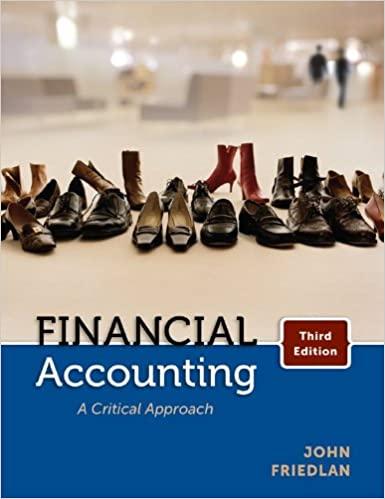You have obtained the following information about Dogwood Inc. (Dogwood) from its 2015 annual report: i. Dogwoods
Question:
You have obtained the following information about Dogwood Inc. (Dogwood) from its 2015 annual report:
i. Dogwood’s year-end is April 30.
ii. Sales for the year ended April 30, 2015 were $1,275,000; 90 percent of sales are credit sales.
ili. The balance in accounts receivable on April 30, 2015 was $222,500.
iv. The balance in allowance for uncollectible accounts on April 30, 2014 was
$22,950.
v. During fiscal 2015 Dogwood wrote off $19,700 of accounts receivable.
vi. The bad debt expense can be estimated as 2 percent of credit sales or 11 percent of year-end accounts receivable.
vii. Net income for the year ended April 30, 2015, including all revenues and expenses except for the bad debt expense, was $112,000.
Required
a. Determine the bad debt expense for the year ended 2015, assuming that Dogwood used:
i. the direct-writeoff method for accounting for uncollectible accounts.
i. the percentage-of-credit-sales method for accounting for uncollectible accounts.
il. the percentage-of-receivables method for accounting for uncollectible accounts.
b. What would be the balance in allowance for uncollectible accounts on April 30, 2015 using the three methods identified in (a)?
c. Prepare the journal entry required to record the bad debt expense under each of the three methods identified in (a).
d. What would net income be for 2015 under each of the three methods in (a)?
e. Explain why the three methods in
(a) provide different bad debt expenses.
f. Which method of determining the bad debt expense and the allowance for uncollectible accounts is best? Explain.
Step by Step Answer:






